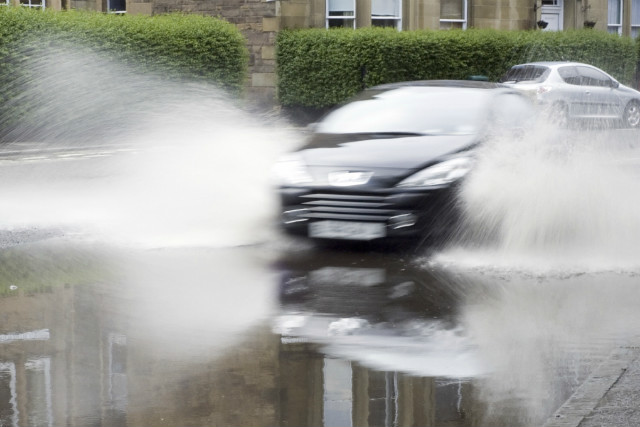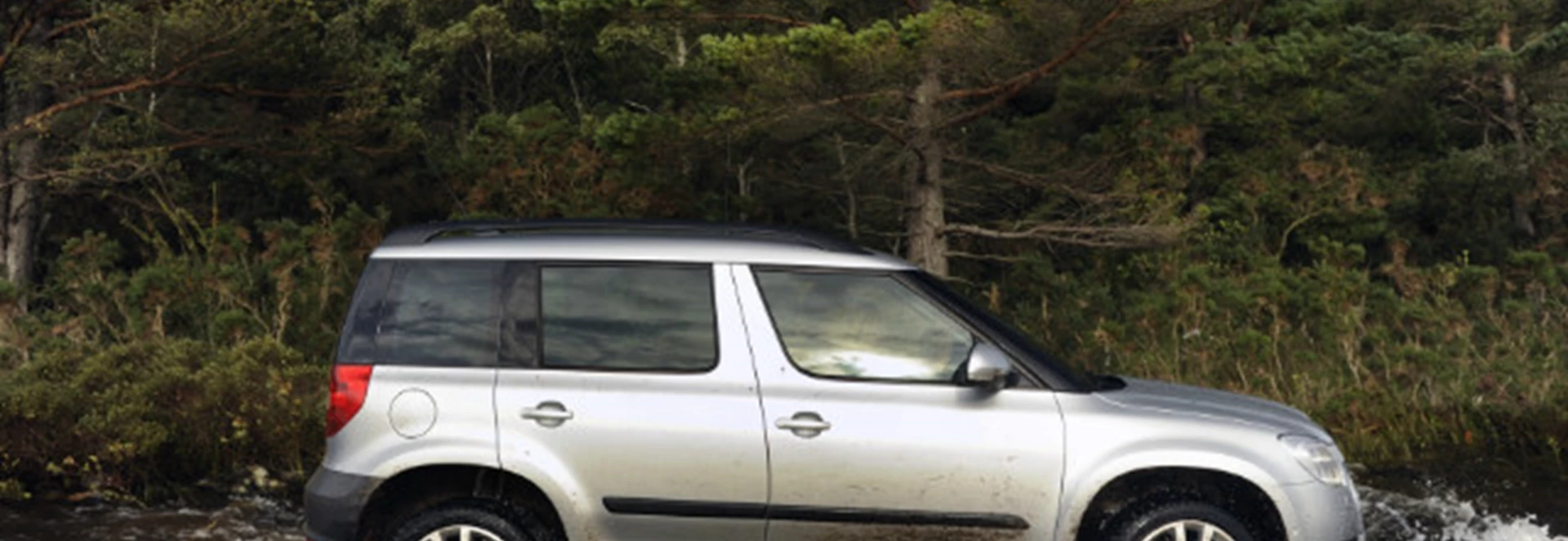When flooding affects areas of the UK, it’s not just homes and roads that can be severely affected, but cars as well.
In this guide, we explain how flooding can potentially affect a car and how to safely deal with driving through flooded roads.
How flooding affects a car
Cars hit by flooding are often an insurance write-off because if flood water gets into the engine components, they will all need changing to ensure the car will still work properly.
One of the biggest problems likely to occur with a car hit by flooding is damage to the electrical system. Even when the car has dried out, the effect on the electricals are likely to be permanent. It means crucial parts like the starter motor could fail at any point in time.
Flooding can also ruin the brakes, rendering them useless and making the car unsafe to drive. Catalytic converters, which feature in both petrol and diesel-run cars and are designed to stop harmful compounds coming out the exhaust, can also be ruined by flooding.
Flood water can also have a devastating effect on the interior of a car, transforming the cabin into a dirty, hazardous area that’s difficult and expensive to clean properly.
How you can identify a flood-damaged car
When a car that has been hit by flooding has dried out, it can be hard to spot what has happened from the outside.
There are some details about the exterior and interior of the car that you could pick up on, and knowing about these can prove handy if you’re ever buying a second hand car.
If there’s rust on the car’s screws or noticeable fixings in areas normally sheltered from the weather, then these could point to a past incident where the car was flooded.
Inside the car, even if the interior has been washed following flood damage, the stench of stagnant water could still be lingering. Some of the trim panels may also be noticeably misshaped as well. If you spot any sand or silt in any areas with gaps, then this could have come from flood water.
If you suspect a car has been flood-damaged, it’d be worth checking if the windows steam up really quickly, as this is a sign flood water lingers in the car.
How to get your car insurance to cover for flooding
Since even a small flood can turn a car into a total write-off, it’s definitely worth checking your car insurance if the area you keep it in is considered a flood risk area.
The more basic levels of car insurance such as third party only or third party, fire and theft don’t tend to cover vehicles for flood damage. Upgrading to comprehensive car insurance cover is your best bet if you haven’t done so already.
If you already have comprehensive cover or are looking at options for such, check out the terms and conditions and see if cover for a flooded engine is listed. If you can’t see any reference to flood damage in the terms and conditions, then contact the insurer directly to check.

Also, check whether a distinction is made between avoidable and unavoidable water damage and if one or both will be covered by the policy. Incidents where a car is damaged while being driven through flooding could be classified as avoidable water damage, while the term unavoidable water damage is likely to be used if a car is flooded where it’s usually parked.
It’s also worth checking out if your car insurance policy will cover for personal possessions left in the car. Even if it doesn’t, you might still be able to claim for items in your car through your home insurance policy.
If your car does end up getting damaged by flood damage and you know you have suitable insurance cover, get in touch with your provider as soon as you can.
Specify to your insurance provider whether it’s the engine, the inside of the car or both which has been flooded. They should then explain what to do next and will probably tell you to avoid certain things like trying to dry the car out yourself (best to leave this job to a service garage).
Driving in floods
Quite simply, it’s best to avoid driving through floodwater if possible, because even a small amount of it could be enough to get into your car’s engine and stall it. This will leave you not only stuck on a flooded and potentially dangerous road, but the engine in your car will be damaged too.
If you’re ever in a situation where you absolutely must drive through a flood, do your best to judge whether the water in front of you is not too deep. Realistically, you’ll only want to consider driving through a flooded road if the water is below six inches high.
Six inches of water is enough to reach the bottom of most passenger cars and cause loss of control, or the water could enter the exhaust and air intake and stall the car. One foot or more of water is really dangerous since it’s usually enough to make cars float, taking control away from the driver.
If you find yourself driving through a flooded area, the Institute of Advanced Motorists (IAM) advises you use a technique known as ‘slipping the clutch’. This is when you keep the clutch in a position where it’s not fully engaged, but you don’t take your foot off the accelerator either and keep the car moving. This will keep the revs high and should reduce the risk of engine problems.
When you exit a flood in your car, gently apply the brakes for a moment to clear them of water.




